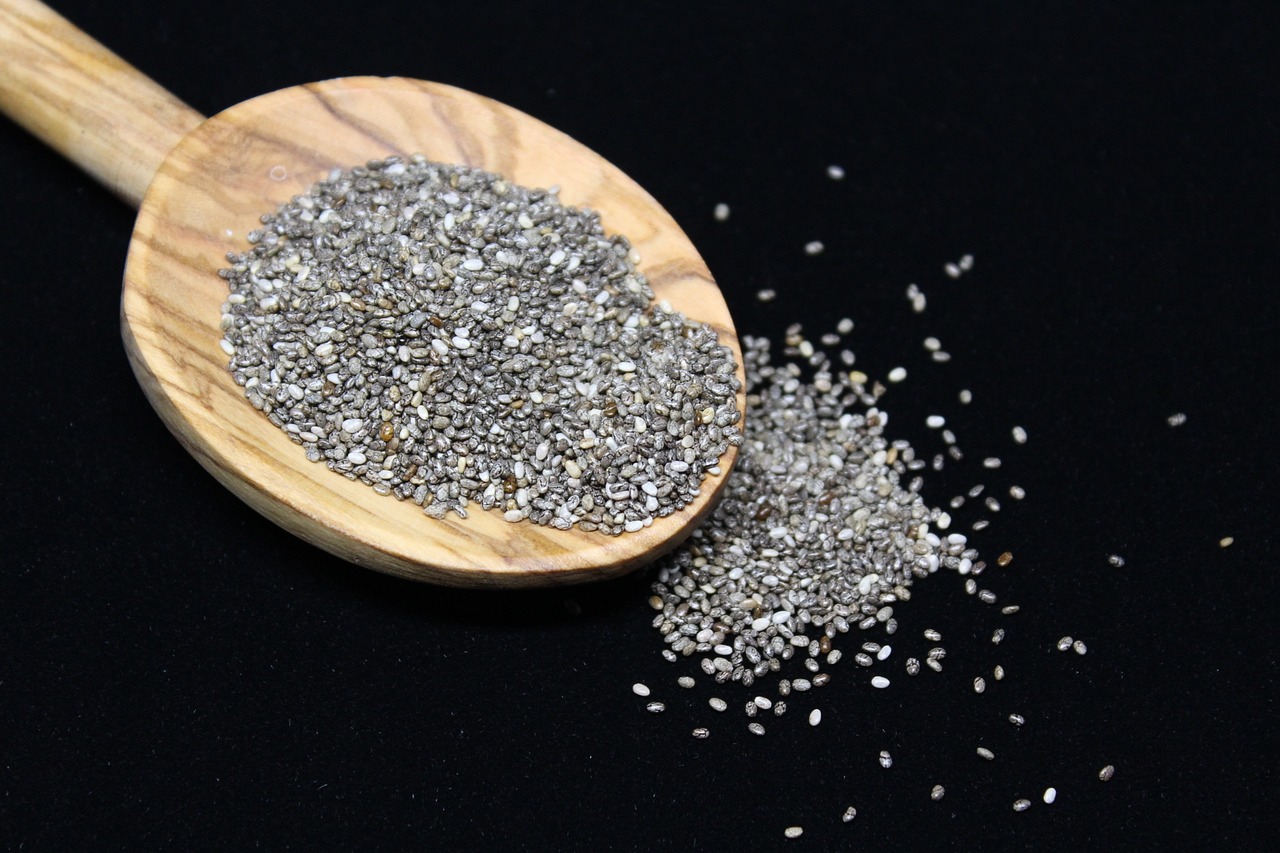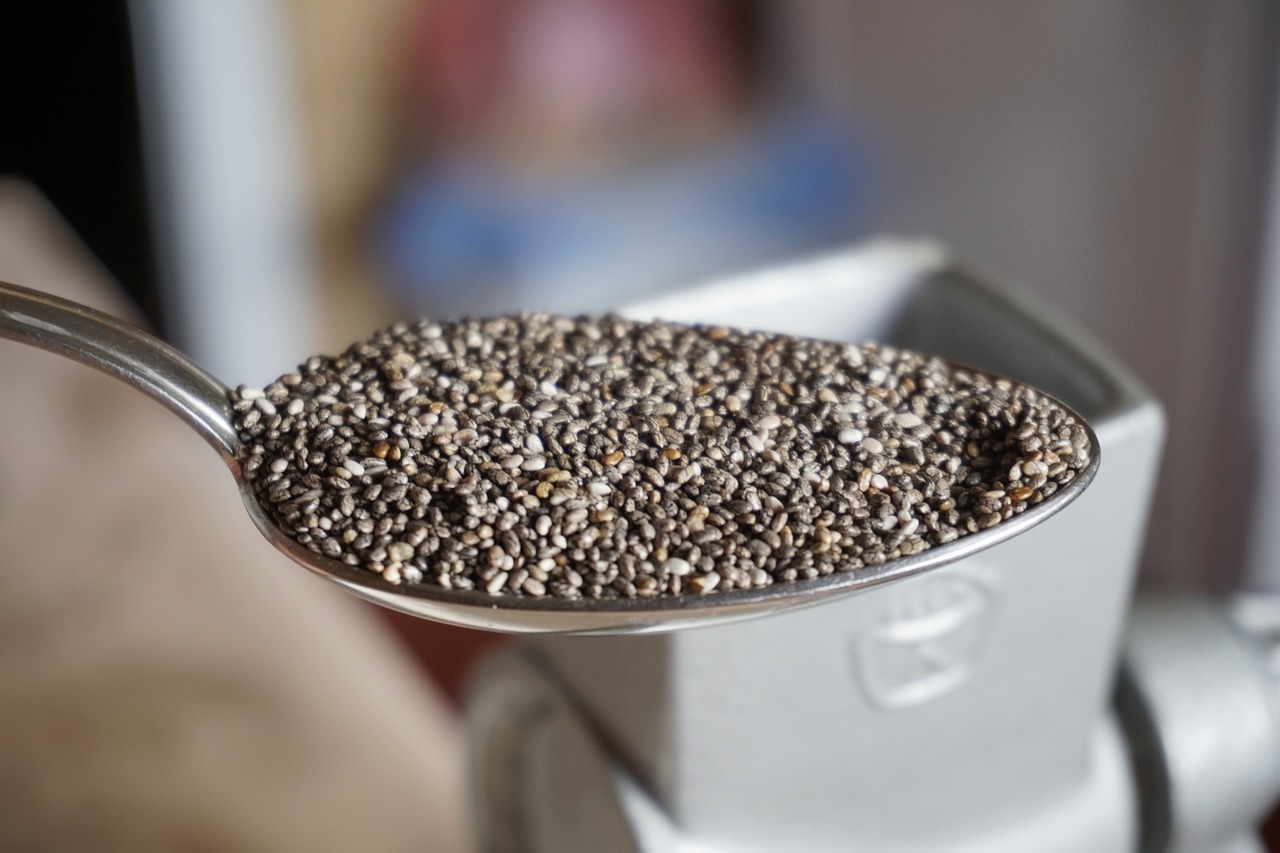Embarking on a fitness journey is a commendable decision, but it often comes with a few initial hurdles, one of which is dealing with body pain. This discomfort, commonly known as Delayed Onset Muscle Soreness (DOMS), is a natural response when you challenge your muscles in new ways. In this article, we will explore the causes of body pain, along with effective strategies to manage it and expedite recovery.
Causes of Body Pain
- Microscopic Muscle Damage: Intense workouts, especially when starting a new exercise routine, can cause microscopic damage to muscle fibers. This damage leads to inflammation and, subsequently, pain.
- Lactic Acid Buildup: During exercise, lactic acid accumulates in the muscles, causing a burning sensation. This is particularly common in high-intensity or endurance training.
- Overexertion: Pushing yourself too hard, too soon, can lead to excessive muscle strain. It’s crucial to gradually increase intensity to allow your body to adapt.
- Improper Form: Incorrect posture or technique during exercises can put undue stress on certain muscle groups, leading to soreness.
- Dehydration and Lack of Nutrition: Inadequate hydration and nutrition can hinder the body’s ability to recover efficiently.
Managing Body Pain
- Rest and Recovery: Adequate rest is crucial for muscle repair. Ensure you have rest days between intense workouts to allow your muscles to recover.
- Hydration and Nutrition: Proper hydration and a balanced diet rich in protein, complex carbohydrates, and essential vitamins and minerals are essential for muscle recovery.
- Stretching and Warm-up: Before starting your workout, incorporate dynamic stretching and a brief warm-up to prepare your muscles for exercise.
- Foam Rolling: Utilize a foam roller to massage sore muscles. This helps release tension and improve blood flow, promoting faster recovery.
- Ice and Heat Therapy: Apply ice packs to reduce inflammation and numb the pain, followed by heat packs to relax and soothe the muscles.
- Epsom Salt Baths: A warm bath with Epsom salts can help alleviate muscle soreness by increasing blood flow and reducing inflammation.
- Over-the-Counter Pain Relief: Non-prescription pain relievers like ibuprofen can provide temporary relief from muscle soreness.
- Light Exercise: Engage in low-intensity activities like walking or gentle stretching to promote blood flow and alleviate stiffness.
Expected Recovery Time
The duration of recovery from body pain largely depends on individual factors such as fitness level, age, and the intensity of the workout. Generally, mild soreness should subside within 24 to 72 hours. For more intense soreness, it may take up to a week to return to normal.
Preventing Future Soreness
- Gradual Progression: Avoid the temptation to push yourself too hard too soon. Gradually increase the intensity and duration of your workouts.
- Proper Form: Focus on maintaining correct posture and technique during exercises to prevent unnecessary strain on muscles.
- Consistent Hydration and Nutrition: Ensure you are well-hydrated and nourished to support muscle recovery and growth.
- Regular Stretching and Mobility Exercises: Incorporate dynamic stretching and mobility exercises into your routine to improve flexibility and prevent muscle imbalances.
Experiencing body pain in the early days of the gym is a common and expected part of the fitness journey. Understanding the causes and employing effective strategies for managing soreness can significantly enhance your overall experience. Remember to listen to your body, prioritize rest, and gradually progress to achieve long-term fitness success. With time, dedication, and proper care, you’ll find that the initial discomfort gives way to strength, endurance, and a healthier, happier you.




